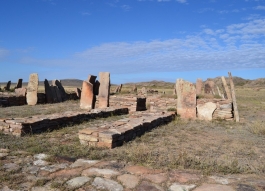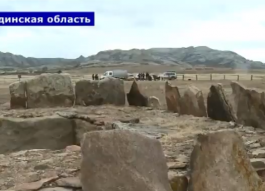 Natural Heritage Monuments
Natural Heritage Monuments
48.3035, 75.0895
The archaeological sites of the Begazy-Dandybai culture (Xll-VIII century BC) are located in picturesque mountain valleys of Central Kazakhstan. They are represented by necropolis, menhirs, settlements, ancient mines and smelting places.
The main monuments are megalithic mausolea by reason of their exclusive constructive and architectural character: about 18 of them have been found until now. They have square and oval plan, diameter up to 30 m. As a rule, they consist of two or three perimeter walls made by stone masonry or by vertical stone slabs weighting up to 3 tons: they fence a central room and, covered by slabs, make a gallery around it In some sites, an entrance chamber is also built.
The central chamber has a roof also made by stones and supported by up to 14 square pillars: it contains a massive sarcophagus and an earthen altar. The mausolea exist side by side with ordinary burials, showing signs of social stratification and of cult of ancestors.
Not far from them, large settlements up to 10 ha., with 35 houses, are found, kinds of prototowns. The houses too are made by granite slabs, with pillars and walls 1,5 m. thick and connected each other by corridors. There is evidence of a wealthy economical organisation: practice of agriculture, irrigation, animal husbandry, and exploitation of the rich deposits of non ferrous metals of the region.
Because its location quite isolated in a fertile mountain area surrounded by dry steppes, the Begazy-Dandybai culture acquired very specific characters; it had certainly been the original centre of formation, on the same territory, of the following pastoralist nomadic culture of Tasmola, and the historical link between Andronovo and Sakas cultures.
Its artefacts have some similarities with thc contemporary Karasuk culture, but its megalithic architecture doesn't meet any other analogue. Unique in its gender is also the rural pottery found in the mausolea, and the bronze and golden wares that will influence the ones of the following early nomadic culture of Tasmola.
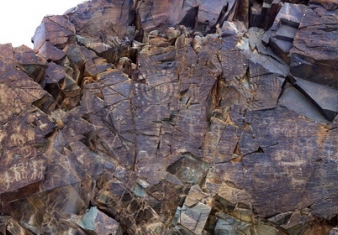
Set around the lush Tamgaly Gorge, amidst the vast, arid Chu-Ili mountains, is a remarkable concentration of some 5,000 petroglyphs (rock carvings) dating from the second half of the second millennium BC to the beginning of the 20th century.
Saryarka - Steppe and Lakes of Northern Kazakhstan comprises two protected areas: Naurzum State Nature Reserve and Korgalzhyn State Nature Reserve totalling 450,344 ha.
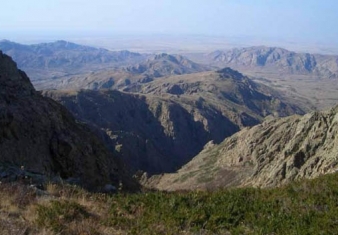
The cultural landscape of Ulytau is situated in the semi-desertic zone of Central Kazakhstan and it shows all its typical natural features: low mountains, conical-shaped hills, plains, river valleys and lakes.
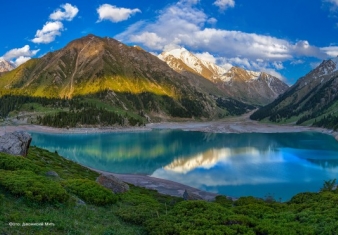
The natural object of nomination is located on the northern macrohillside of the ridge Trans-Ili Ala-Tau, which is the part of Northern Tyan Shan physical geographic province (Gvozdetskiy, Nikolaev, 1971).
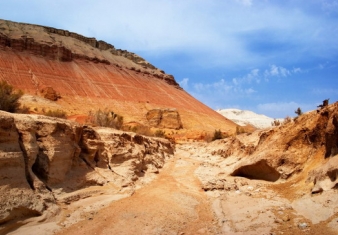
Altyn-Emel State National Nature Park is sprawled in the heart of Central Asia, in the valley of the Ili River, about 150 kilometers away from Almaty, Kazakhstan’s largest city.
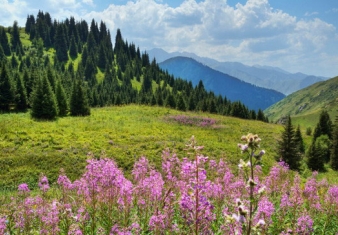
The Aksu-Zhabagly Nature Reserve is the oldest nature reserve in Central Asia. It is located in the southern province of the Republic of Kazakhstan.














